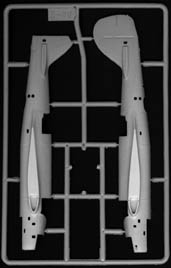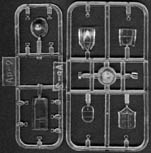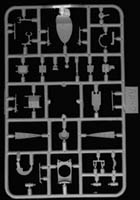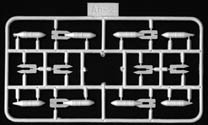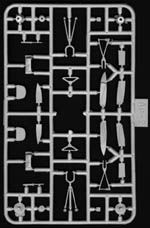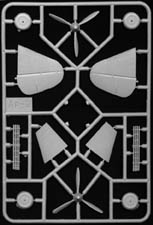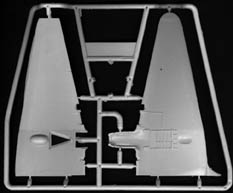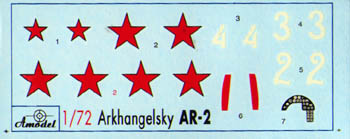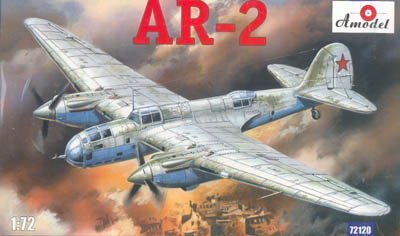
In facts, Amodel works only when excellent drawings are available, and we have to thank the work of Maslov and Polikarpov on M-Hobby magazine that supplied excellent documents for this kit.
Previous drawings of Ar-2 were inadequate; it was even represented with a rotating turret on its back as the late SB-2-M103s.
